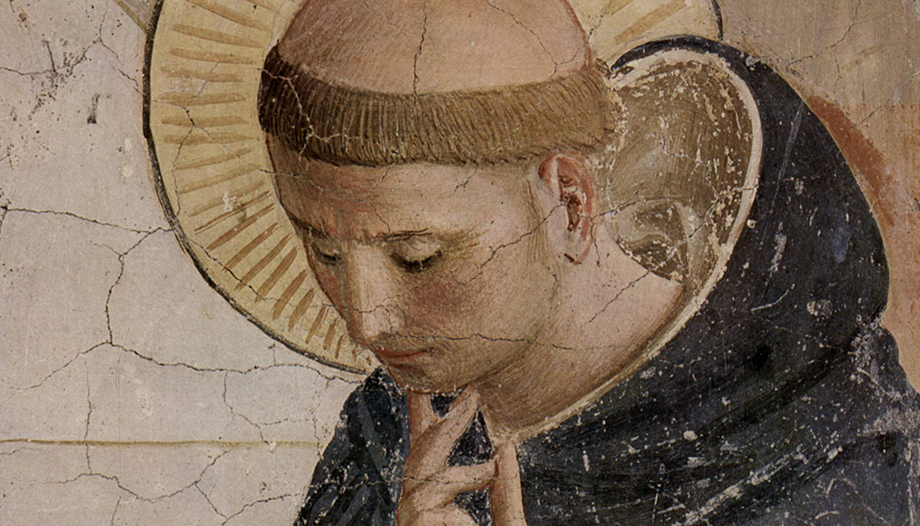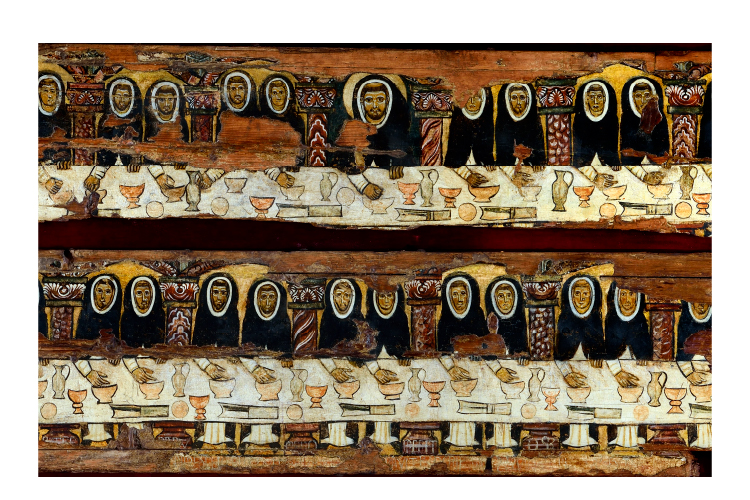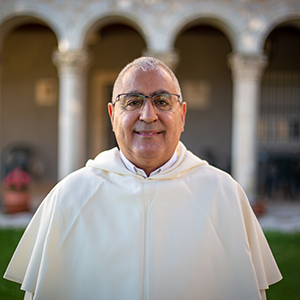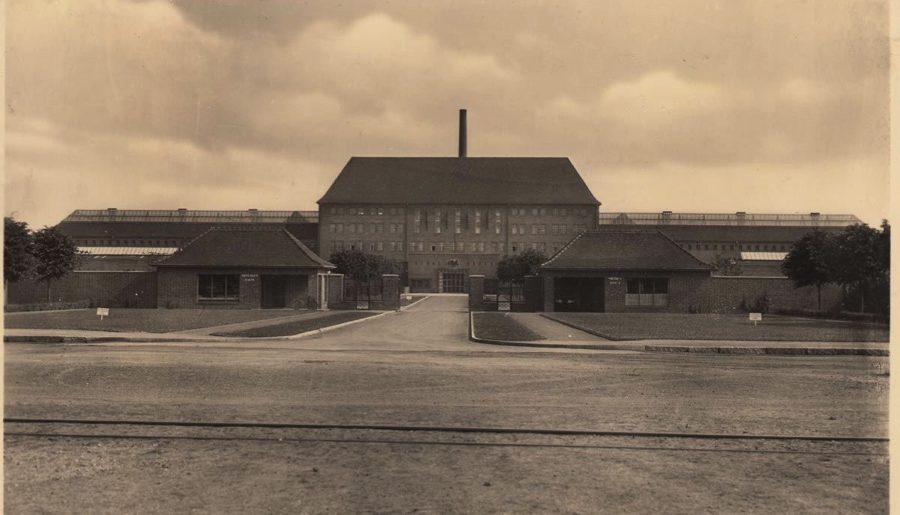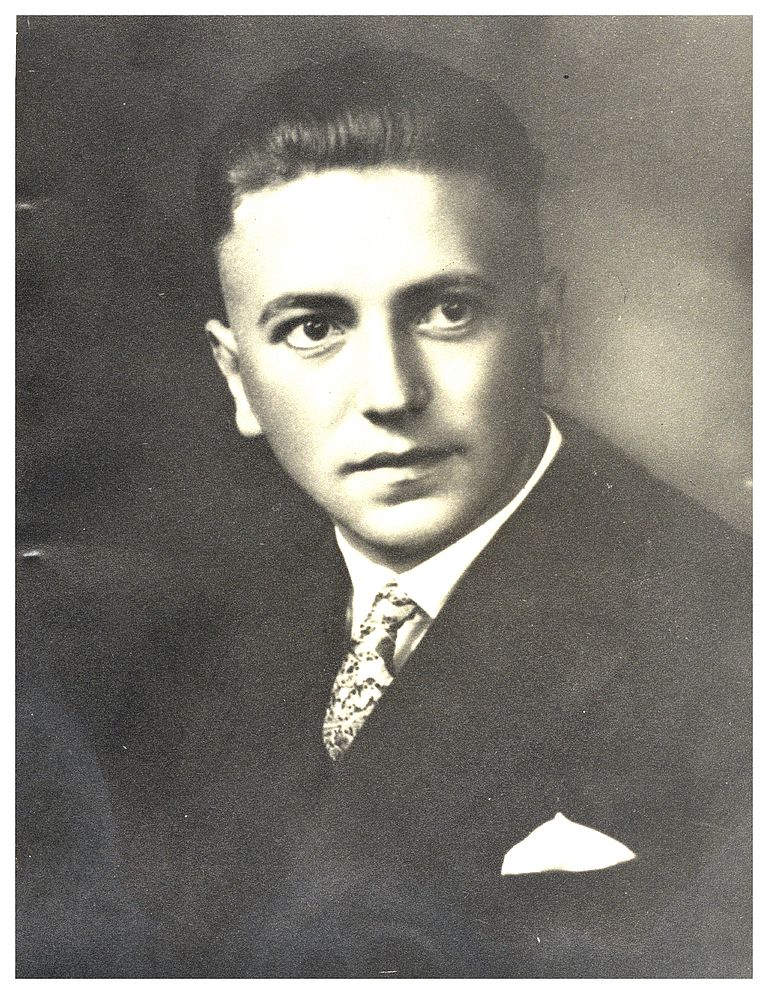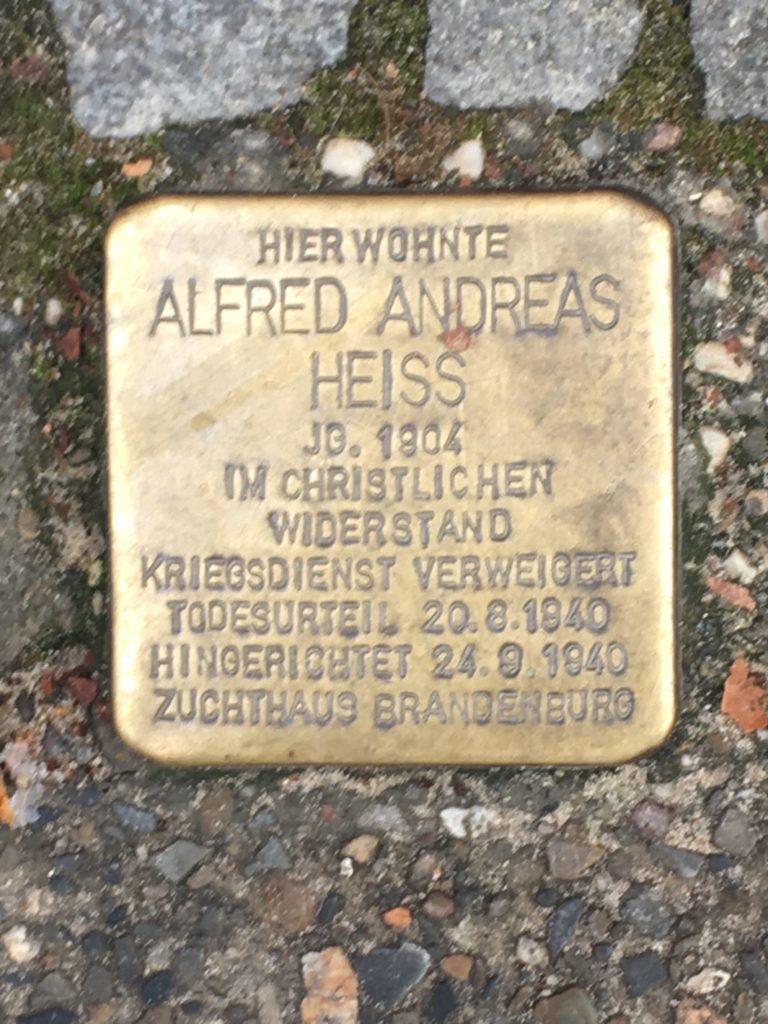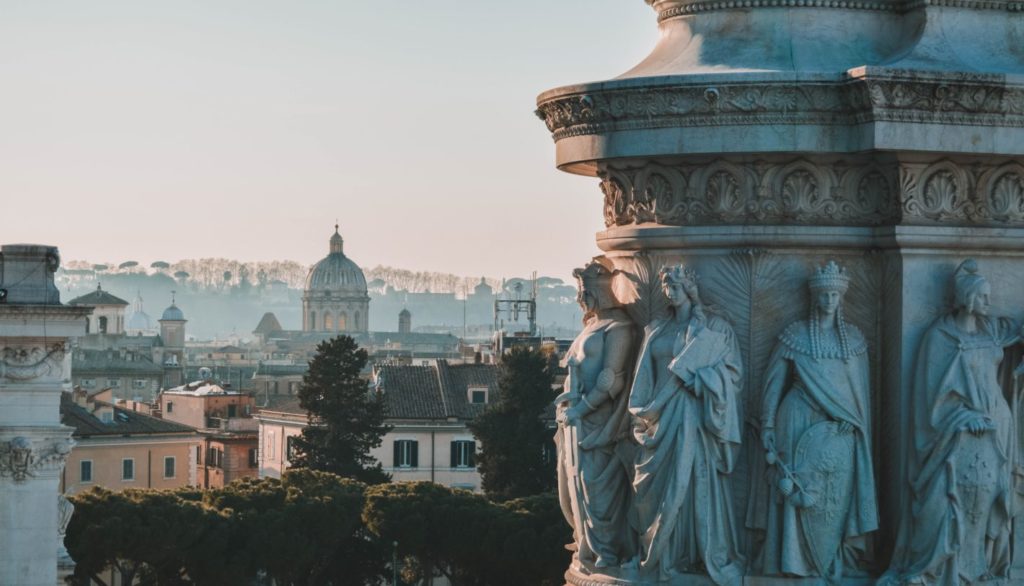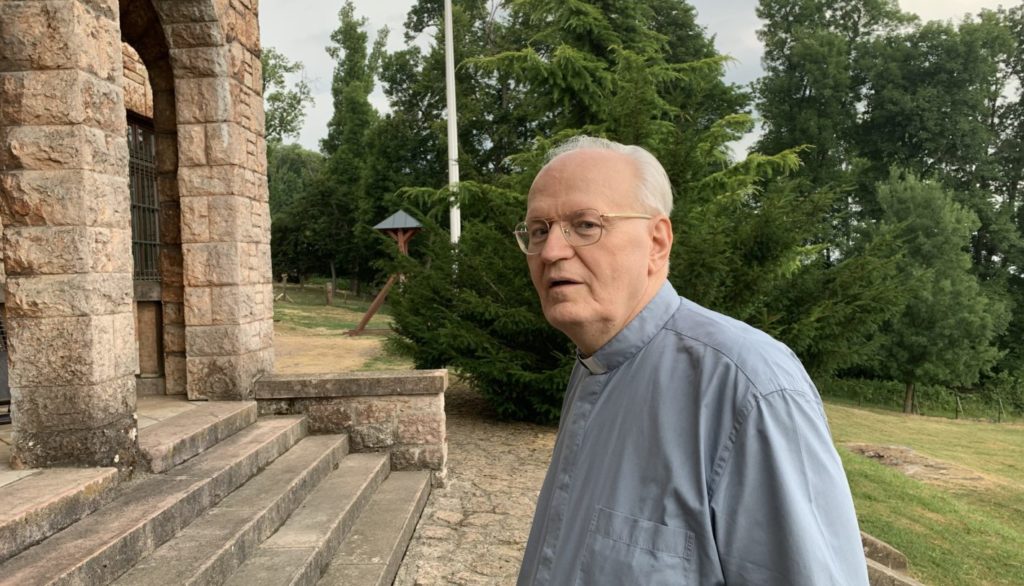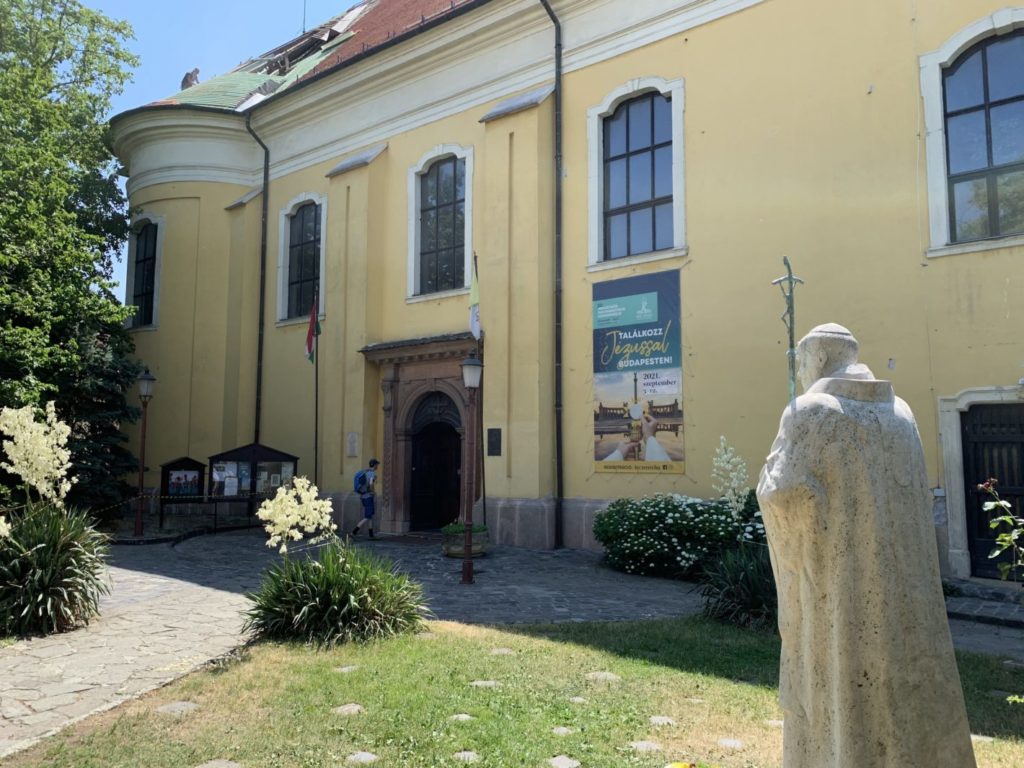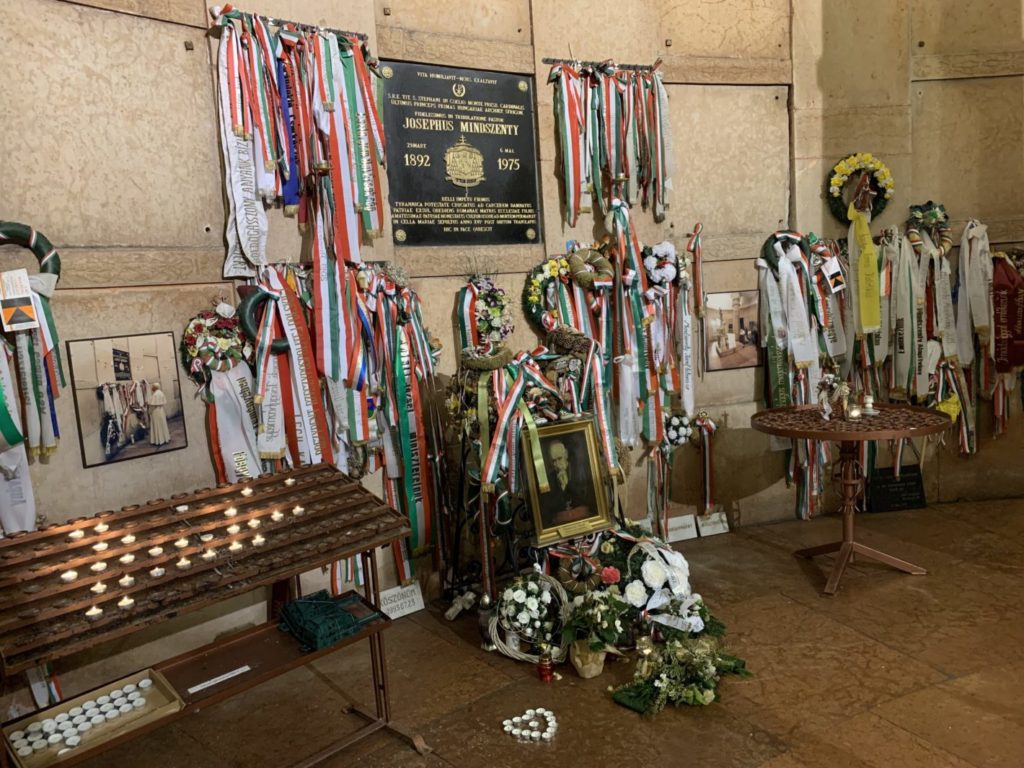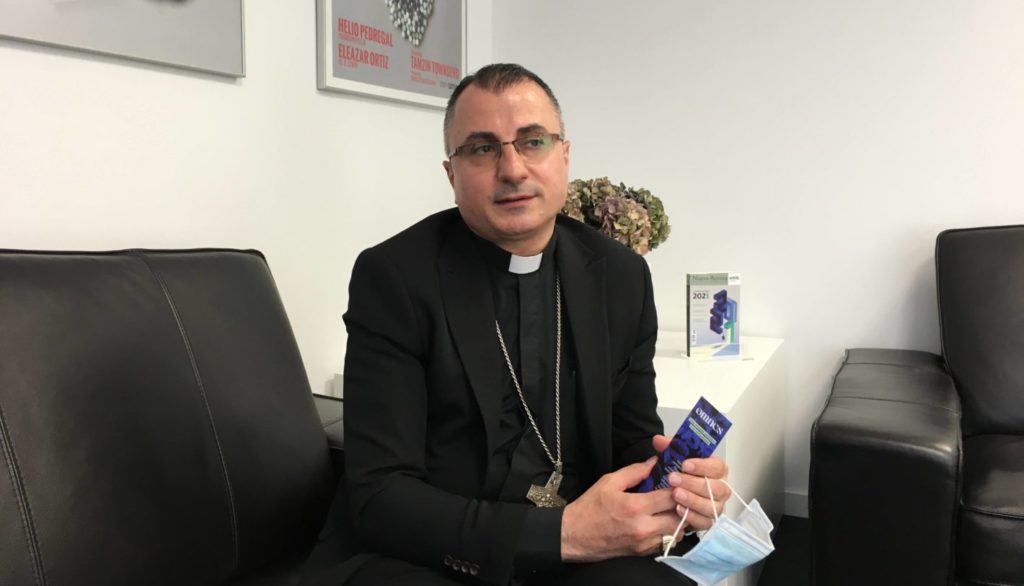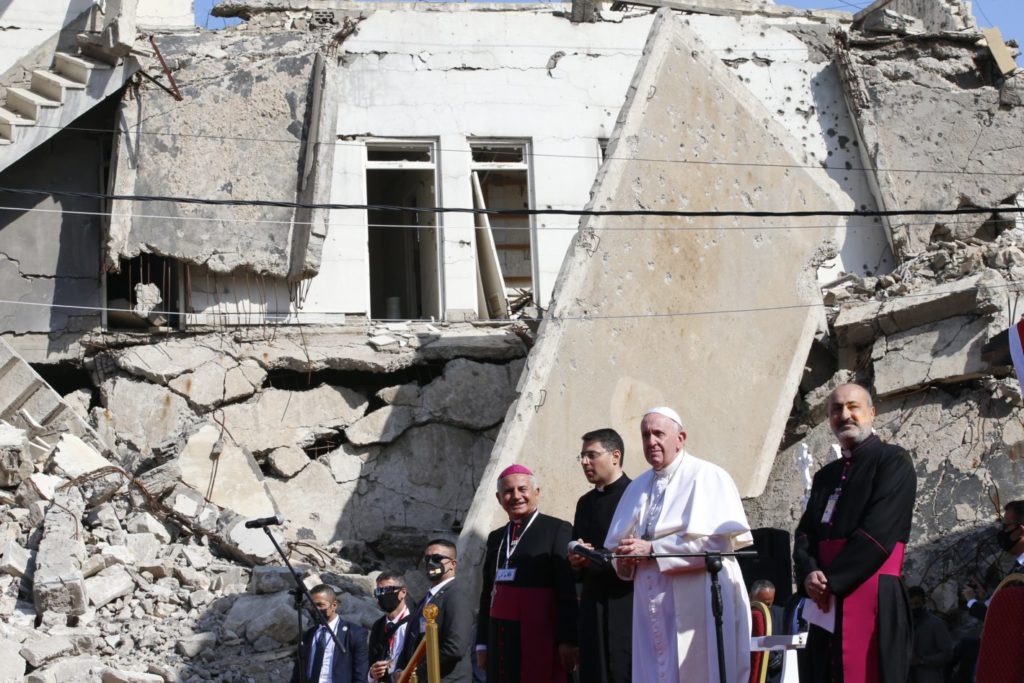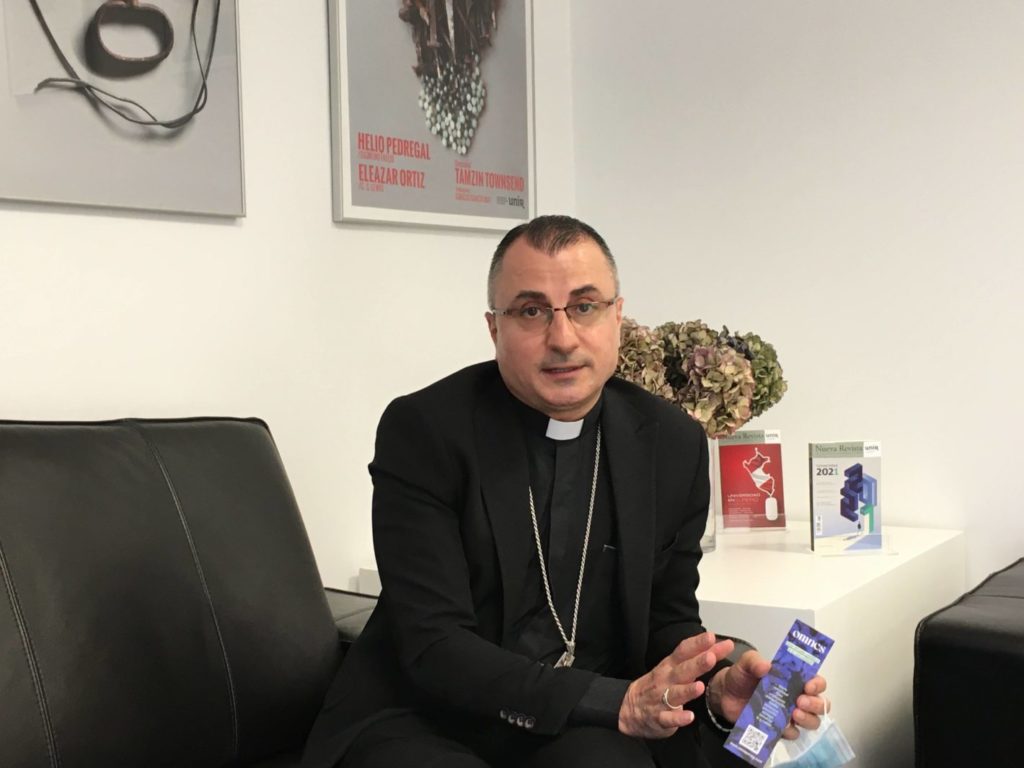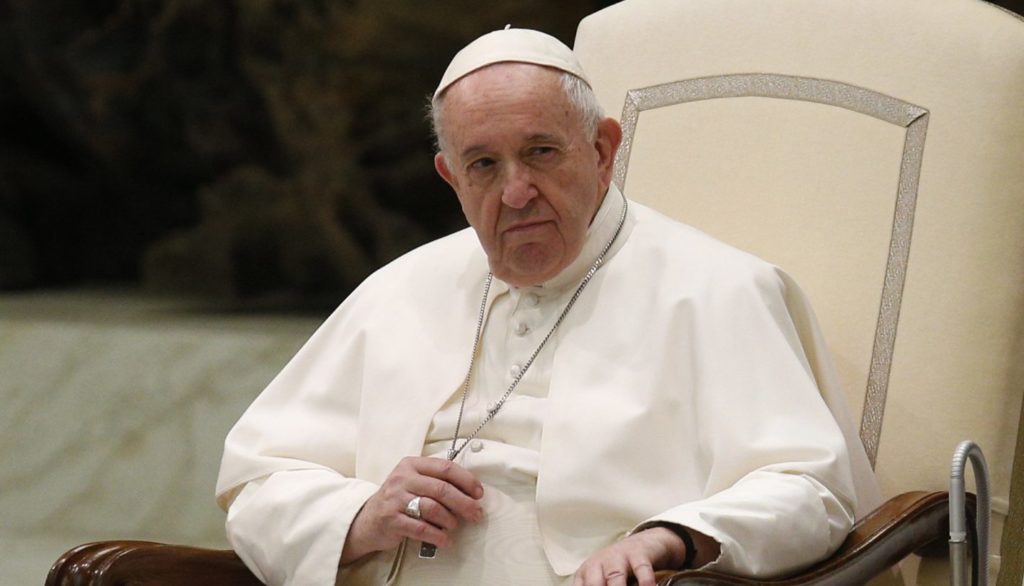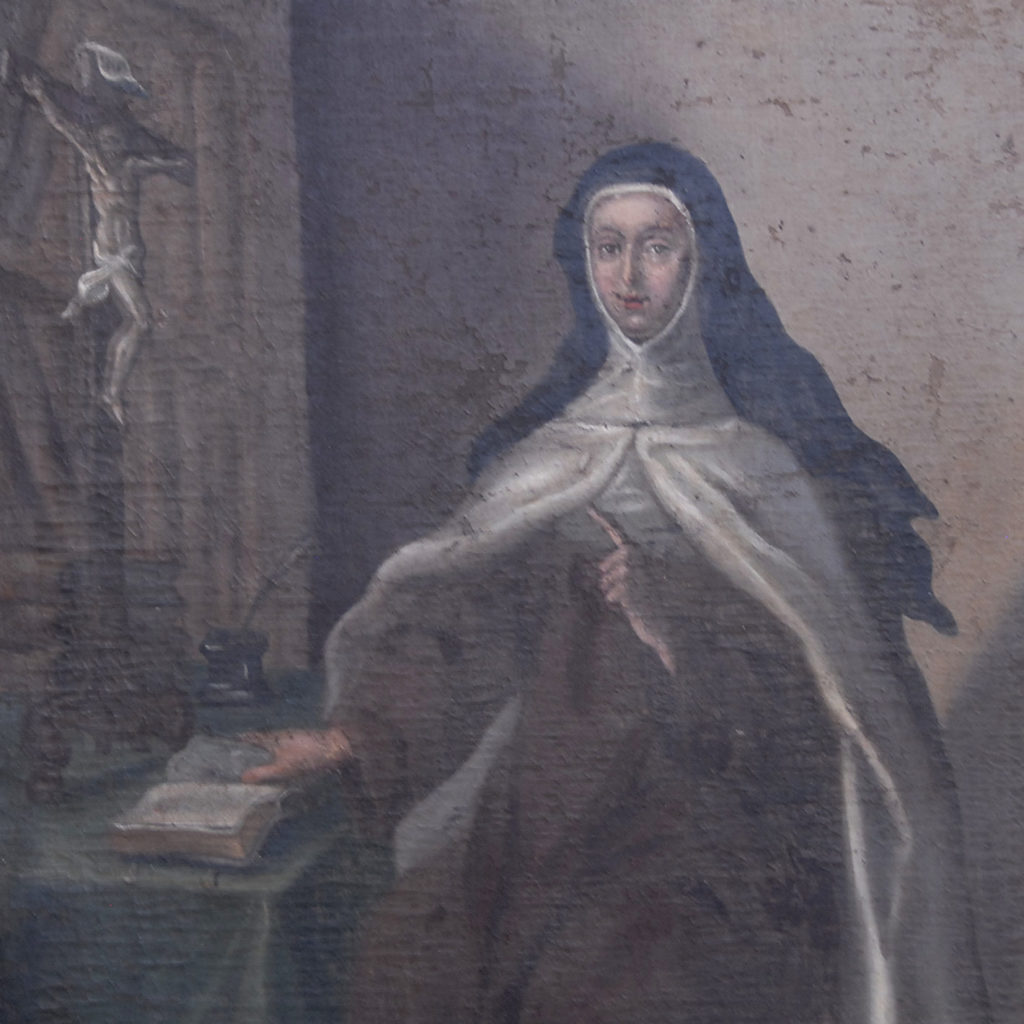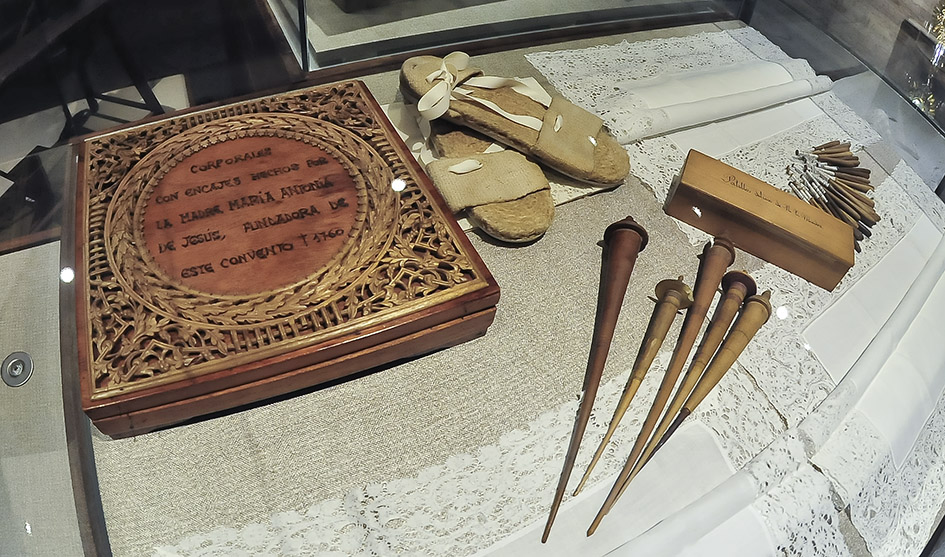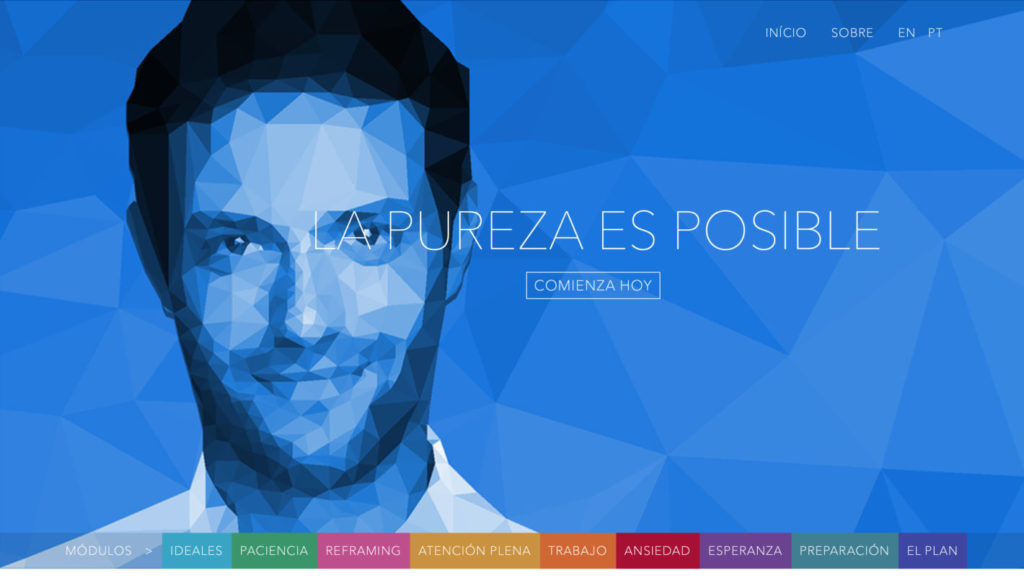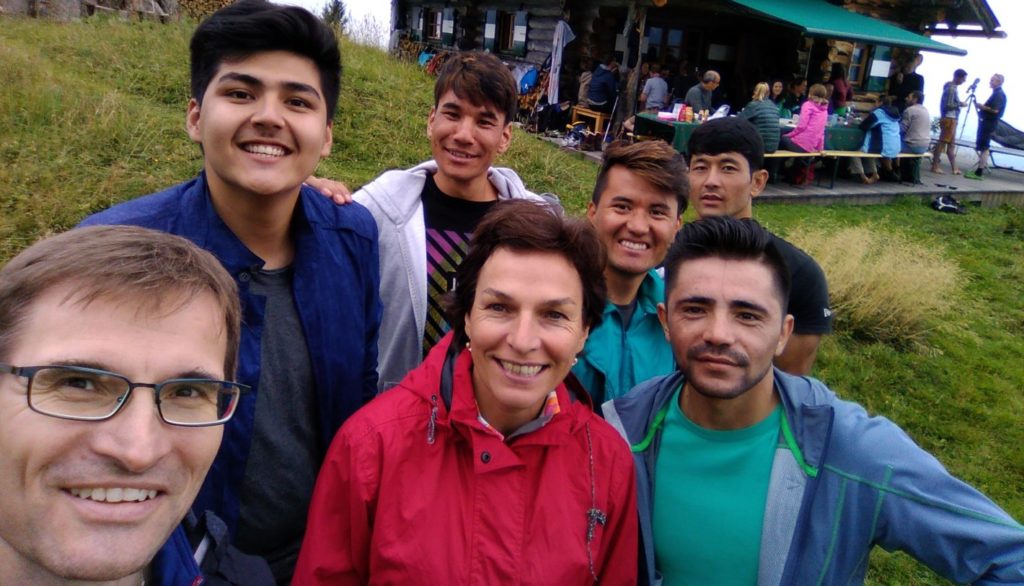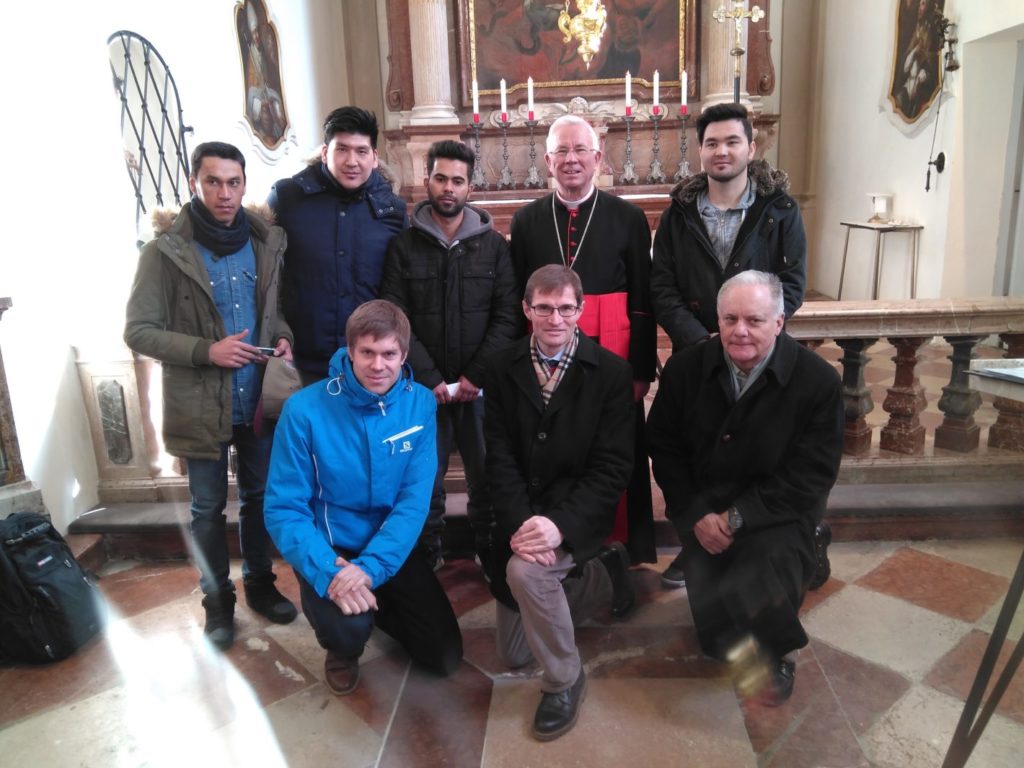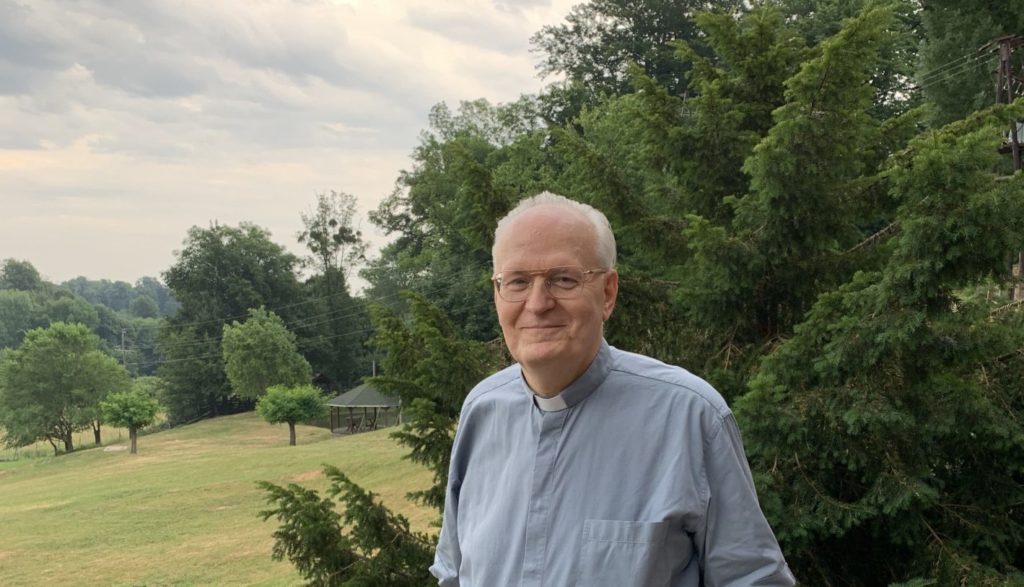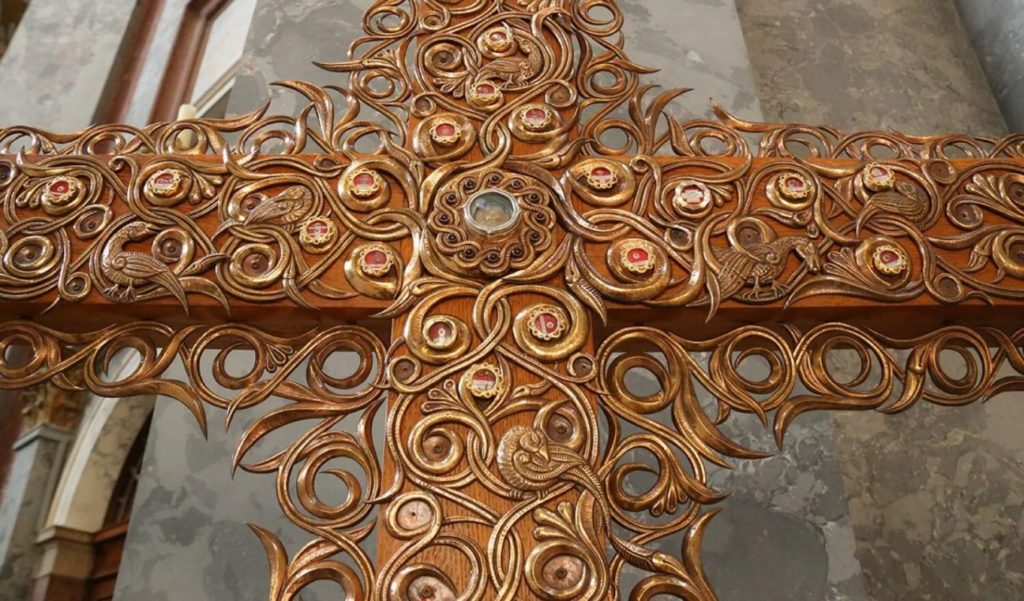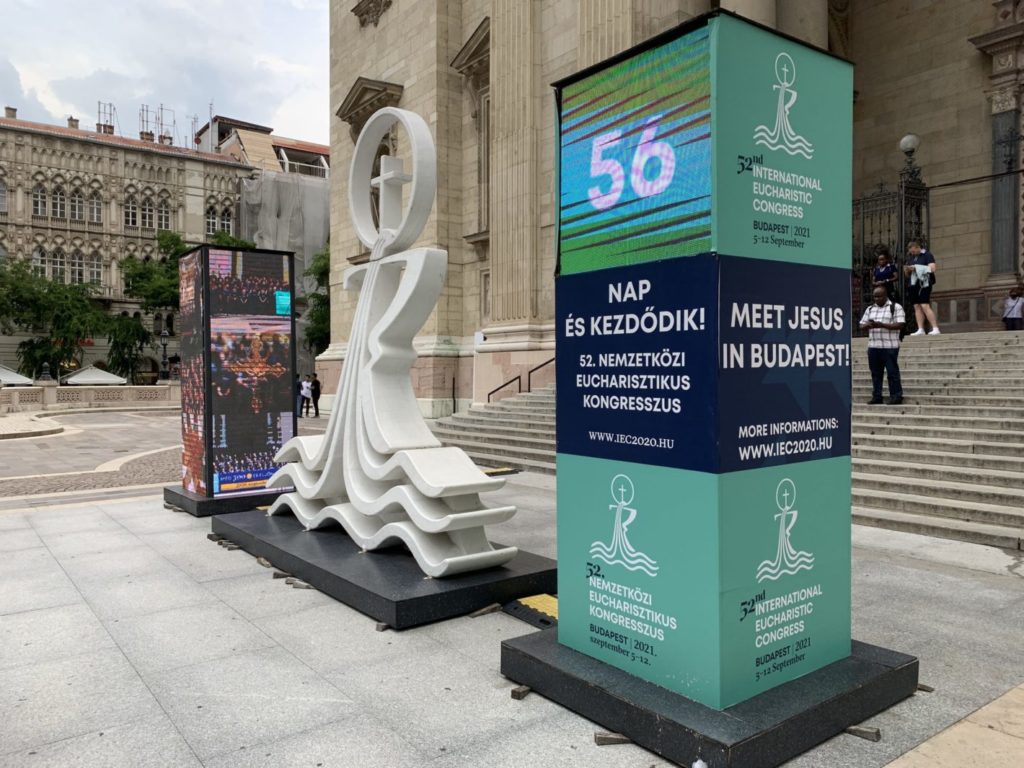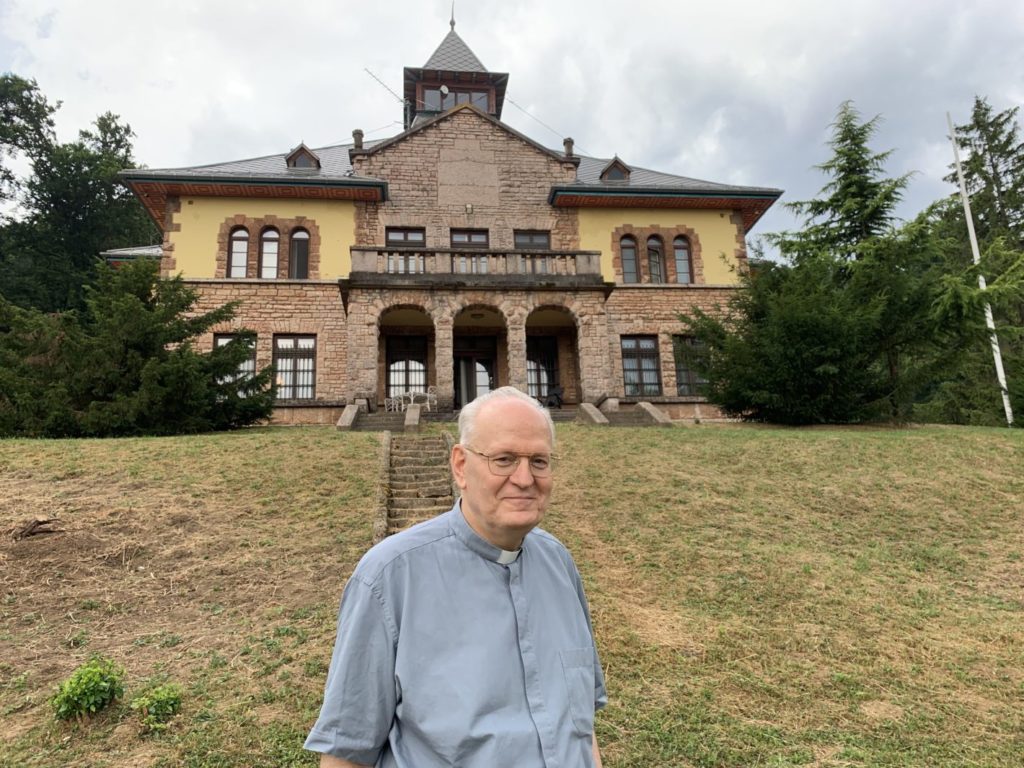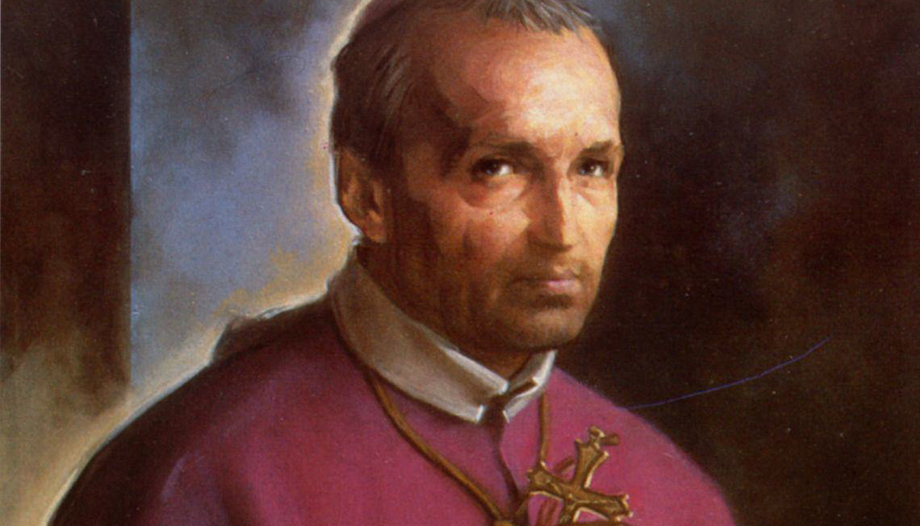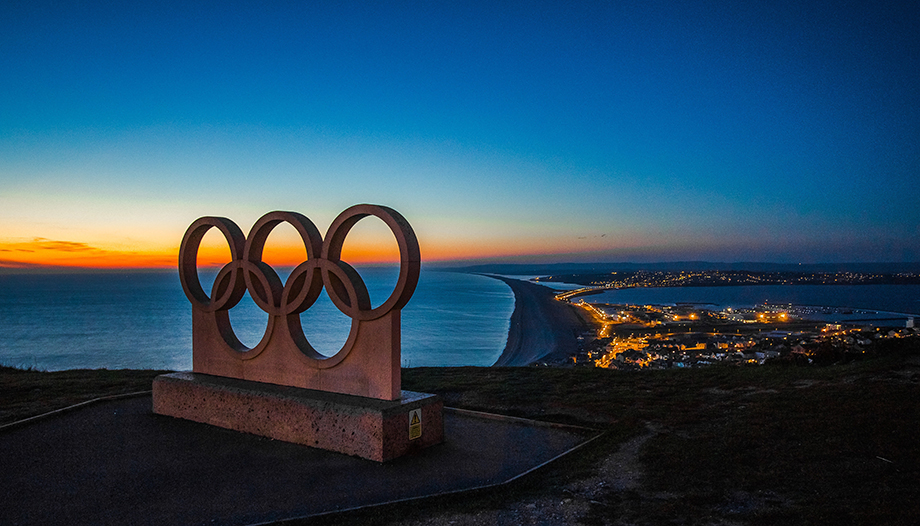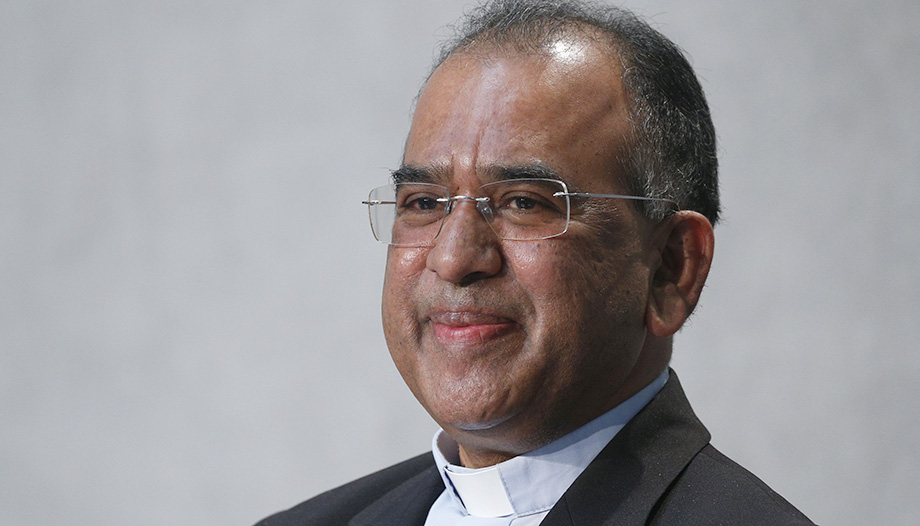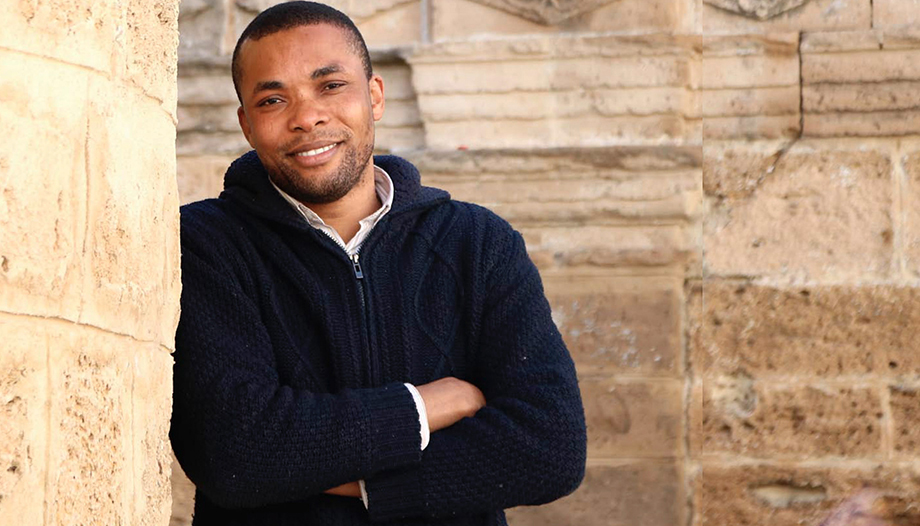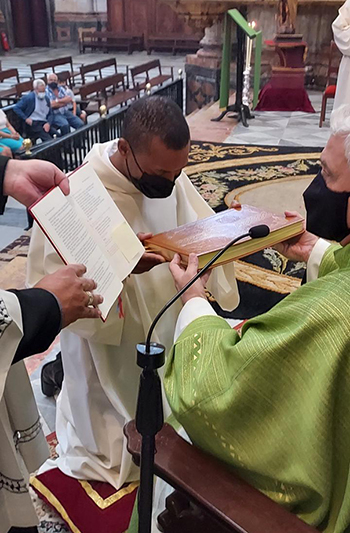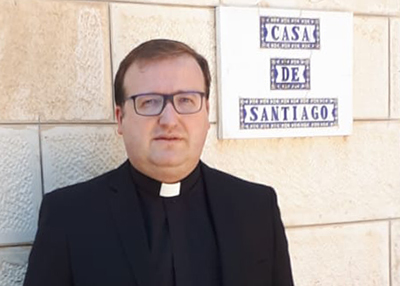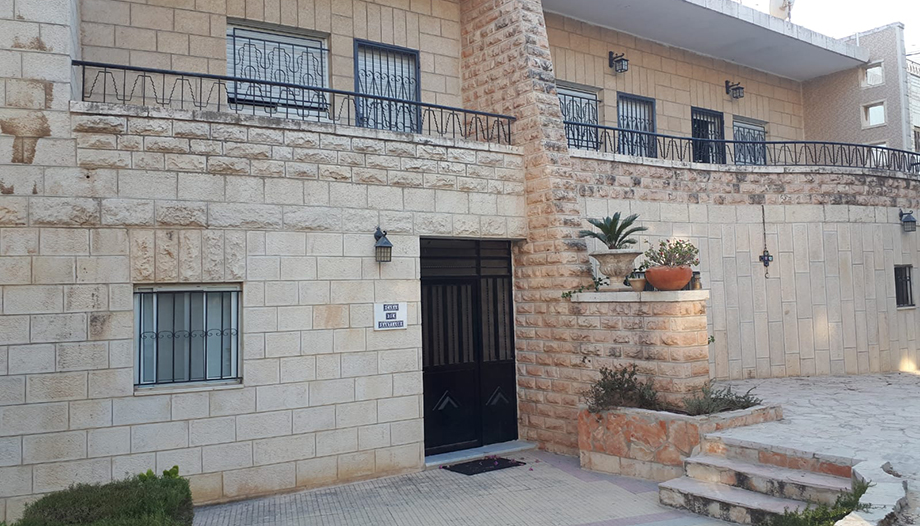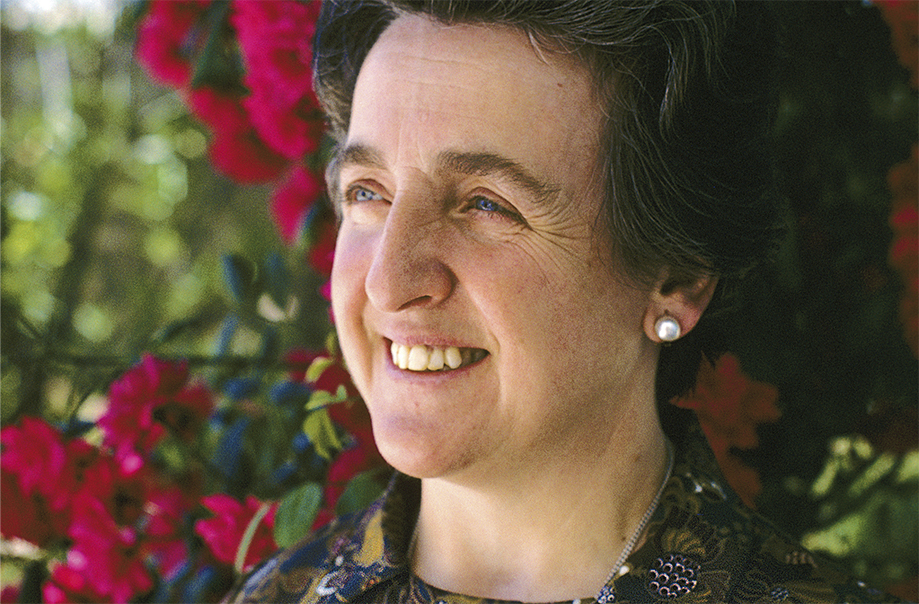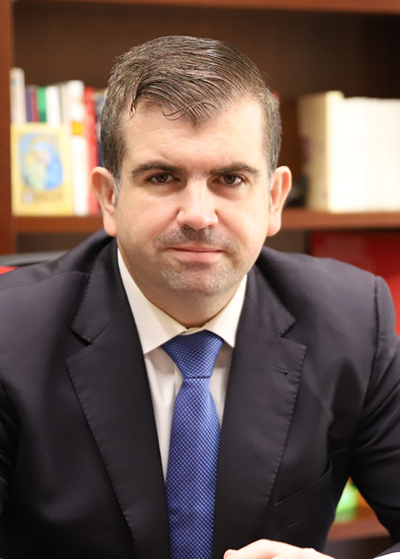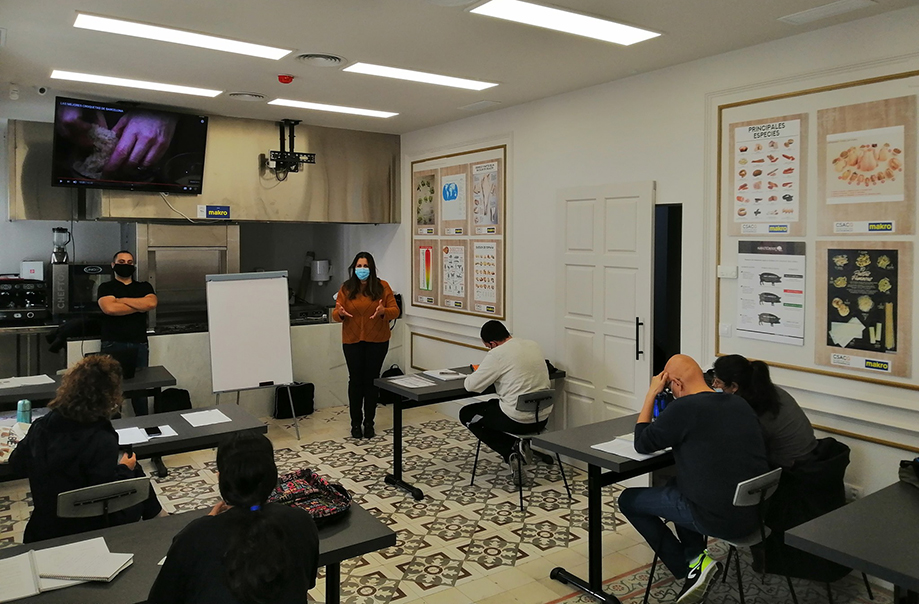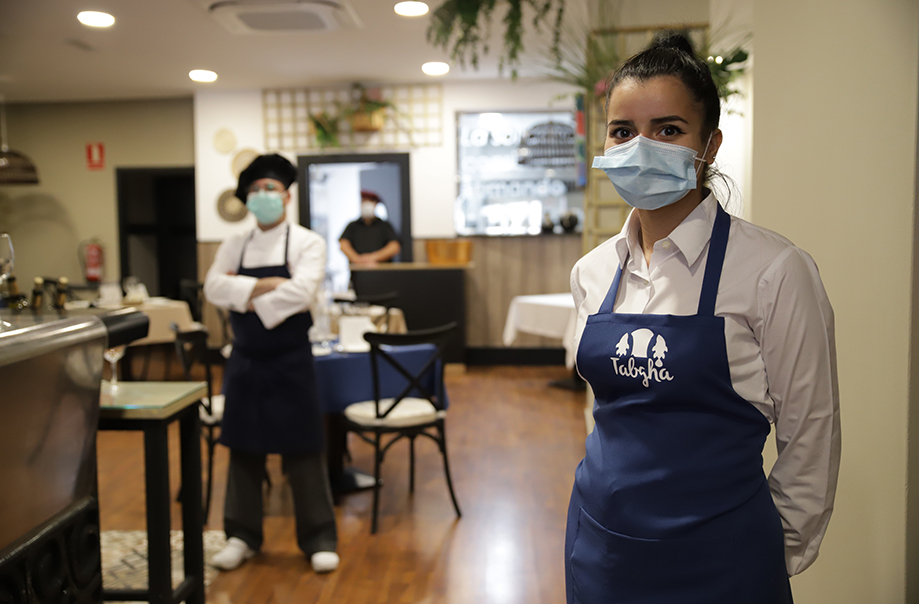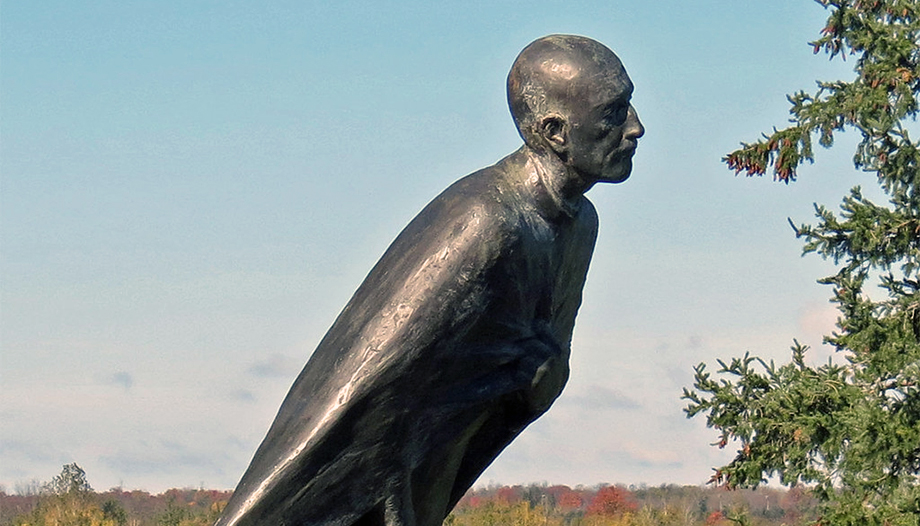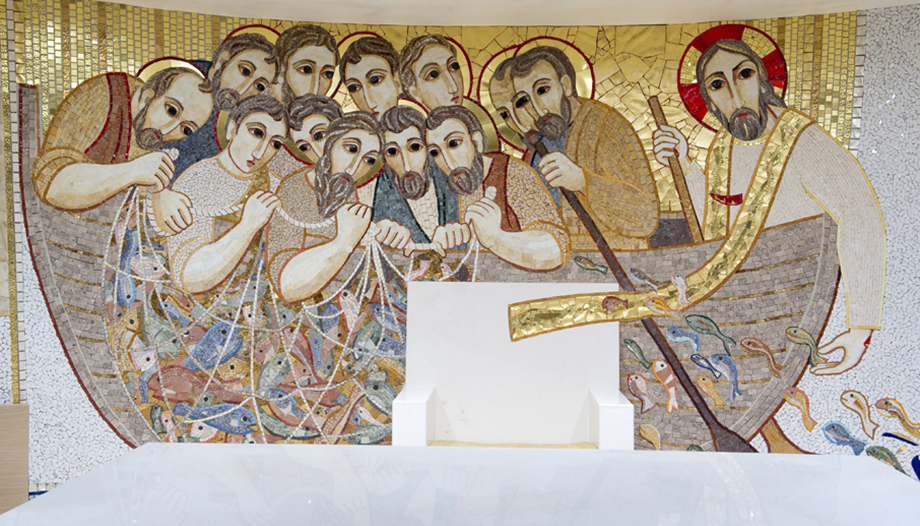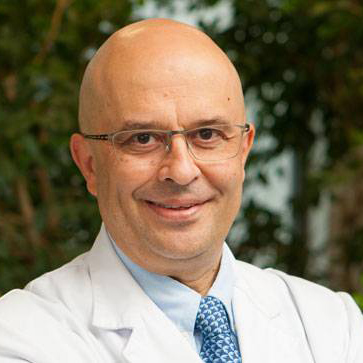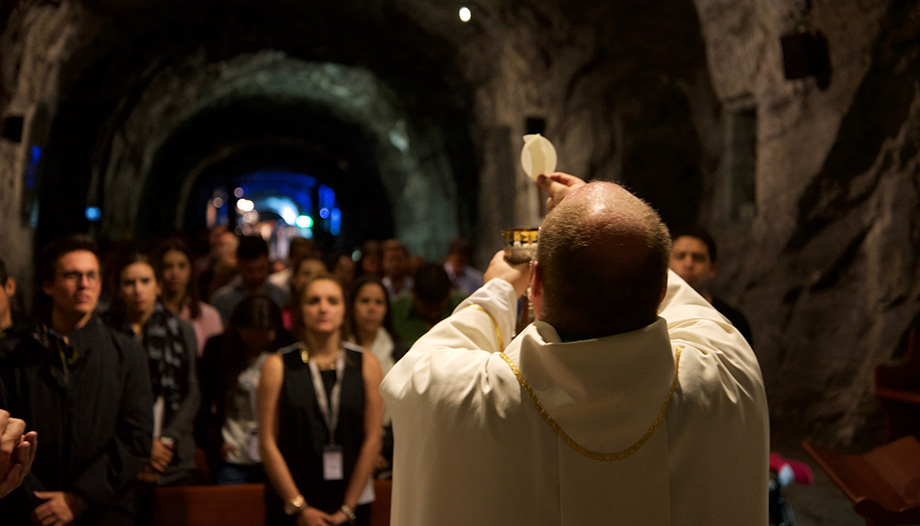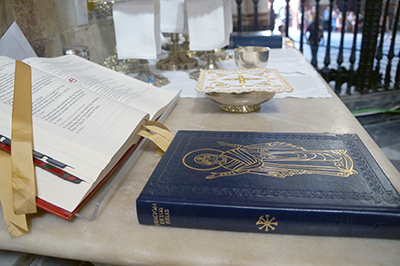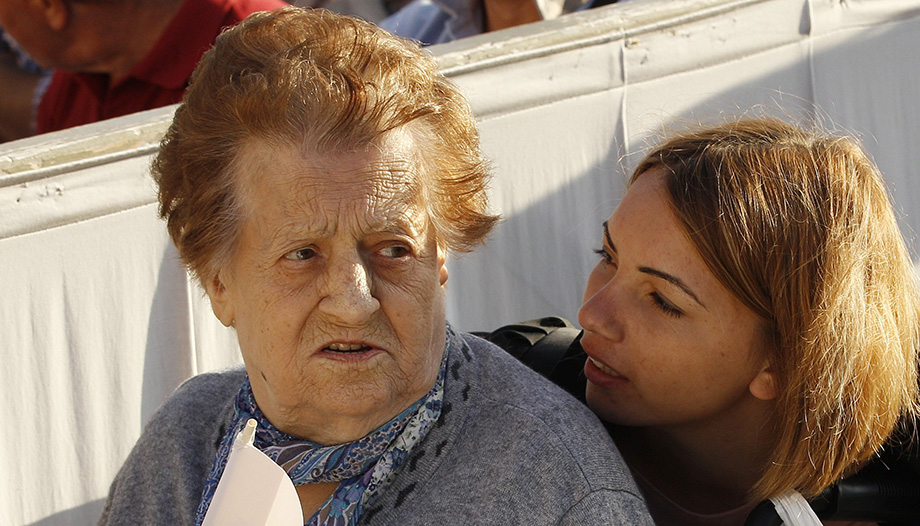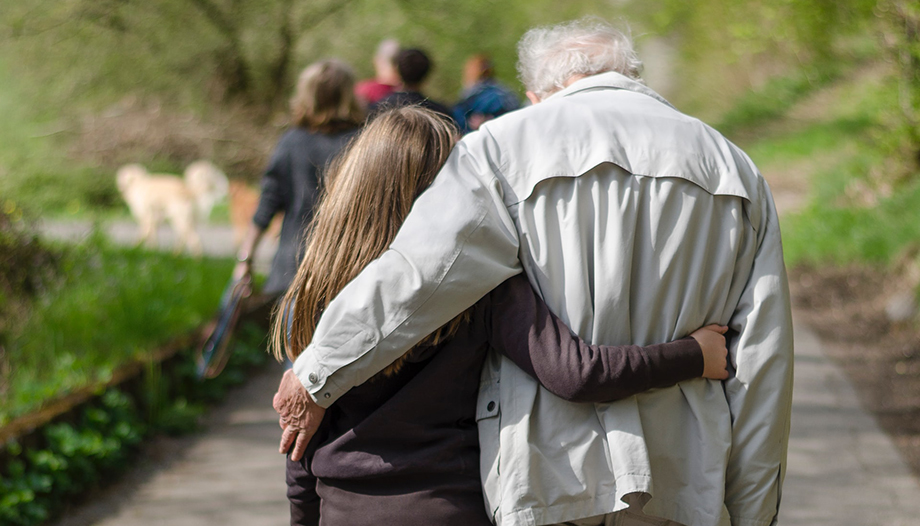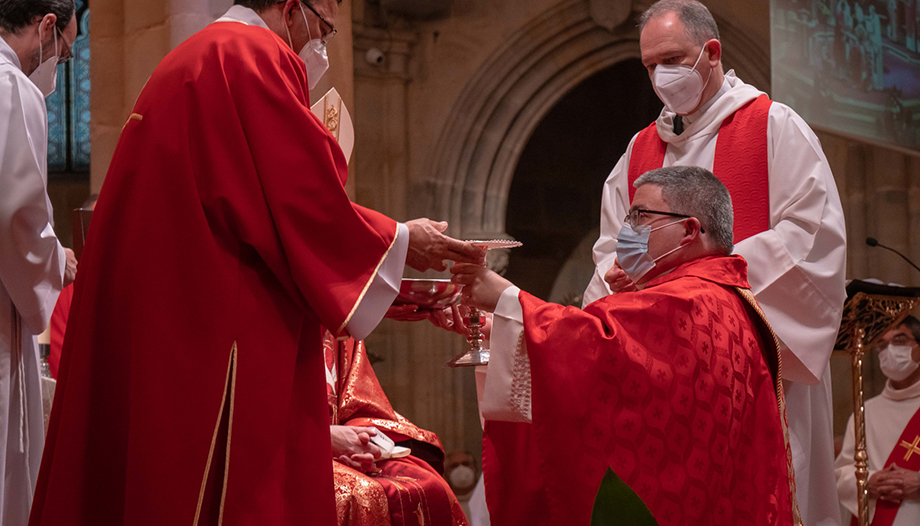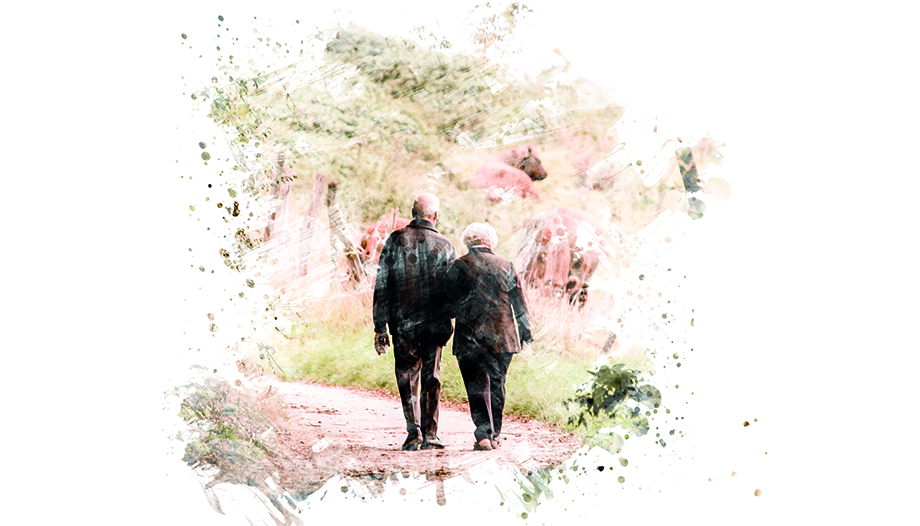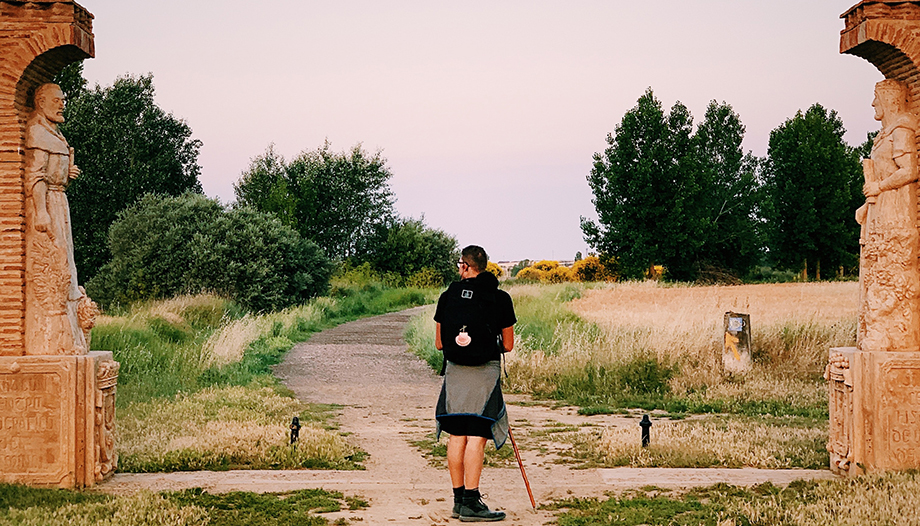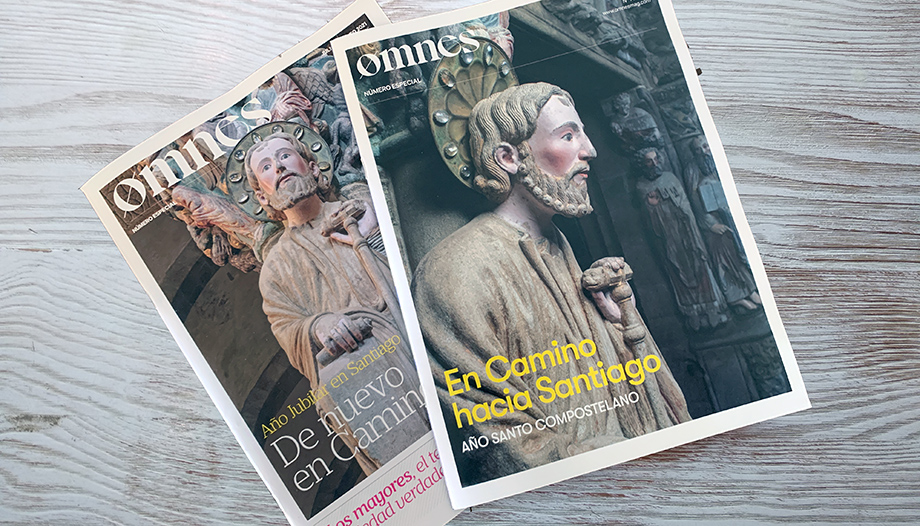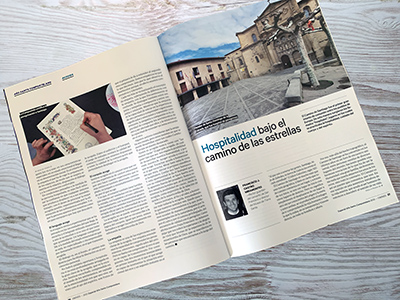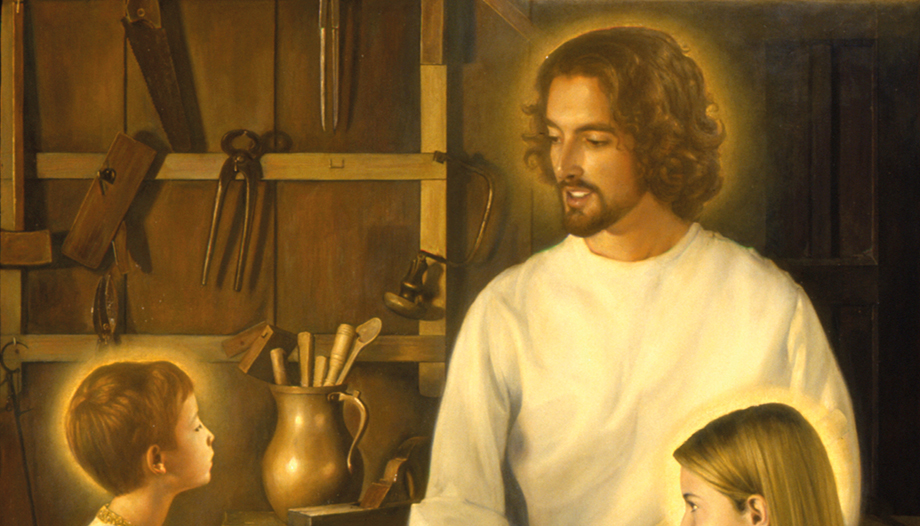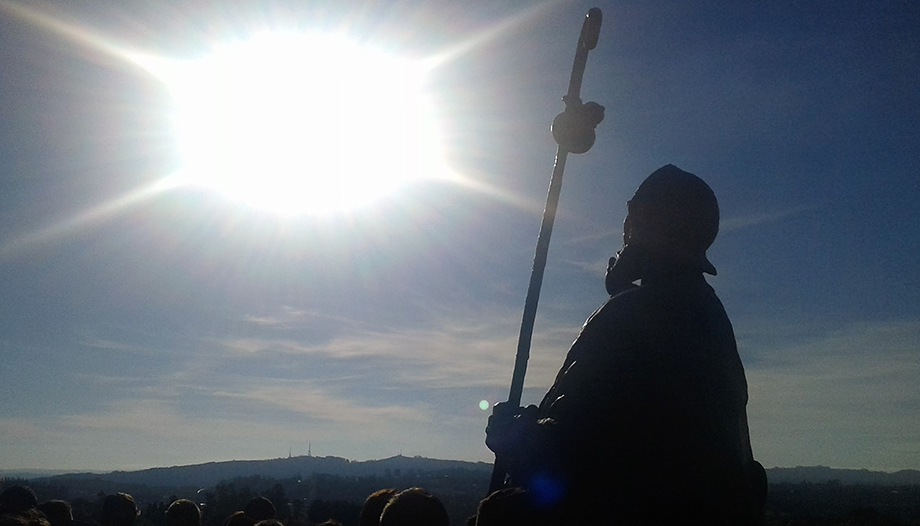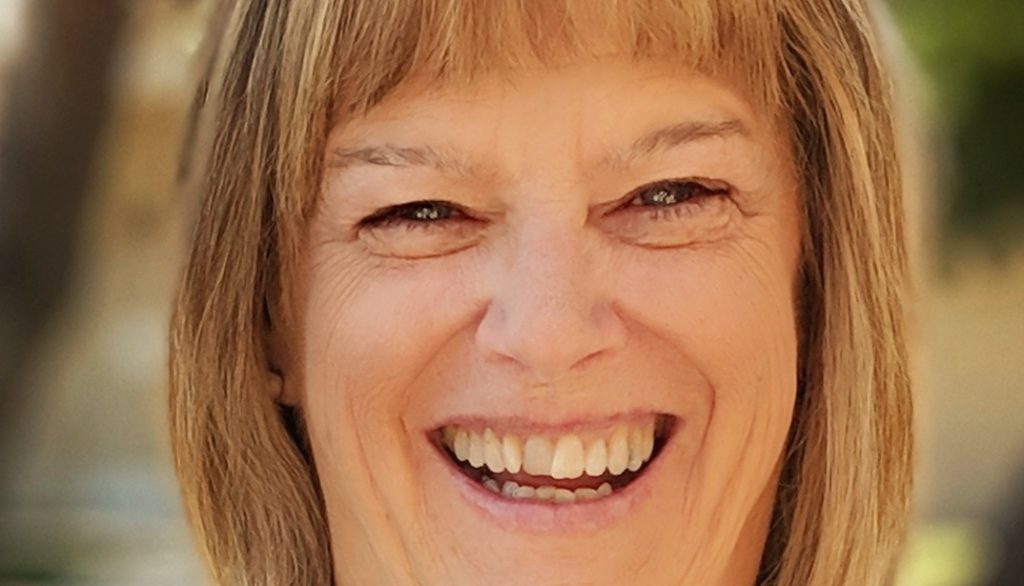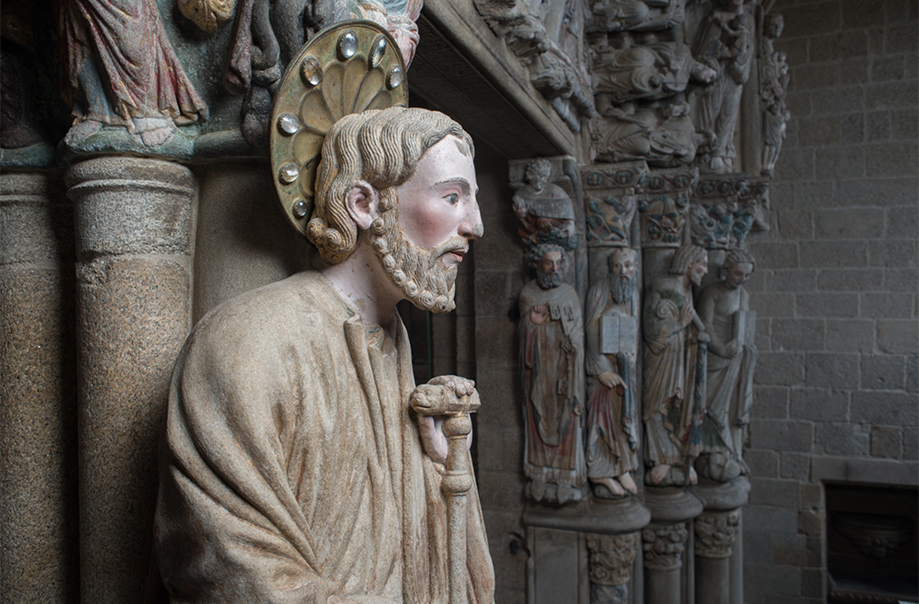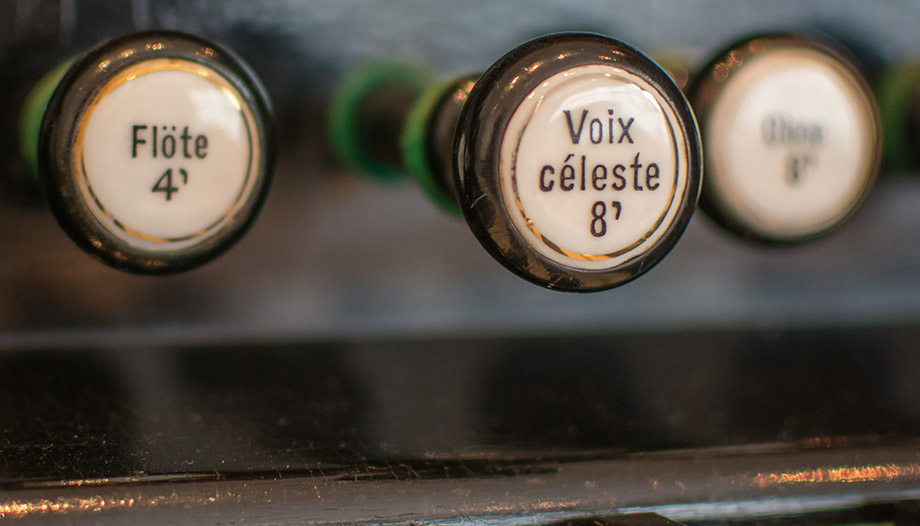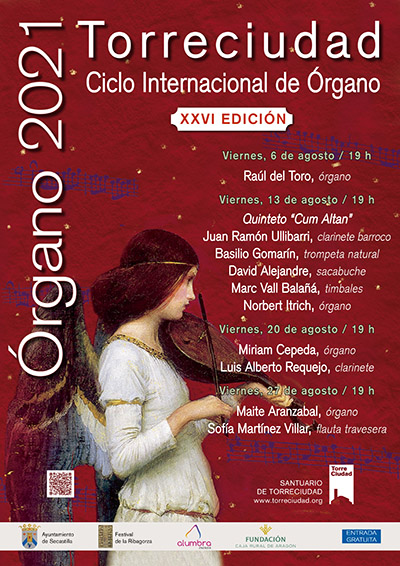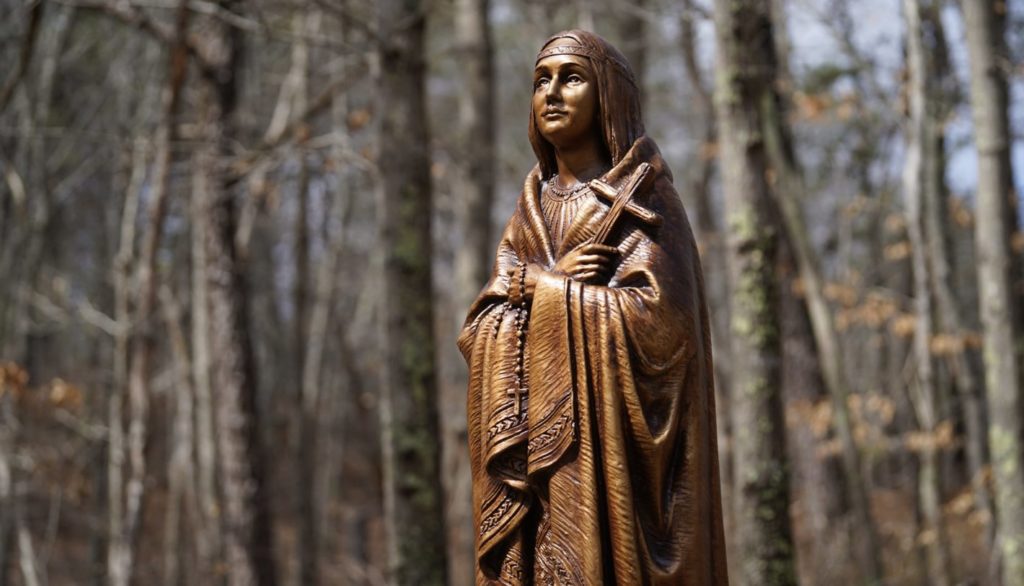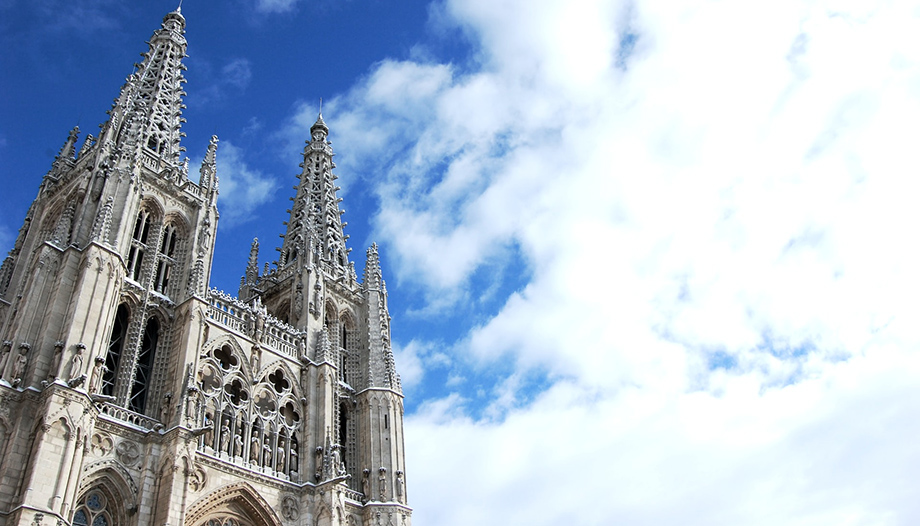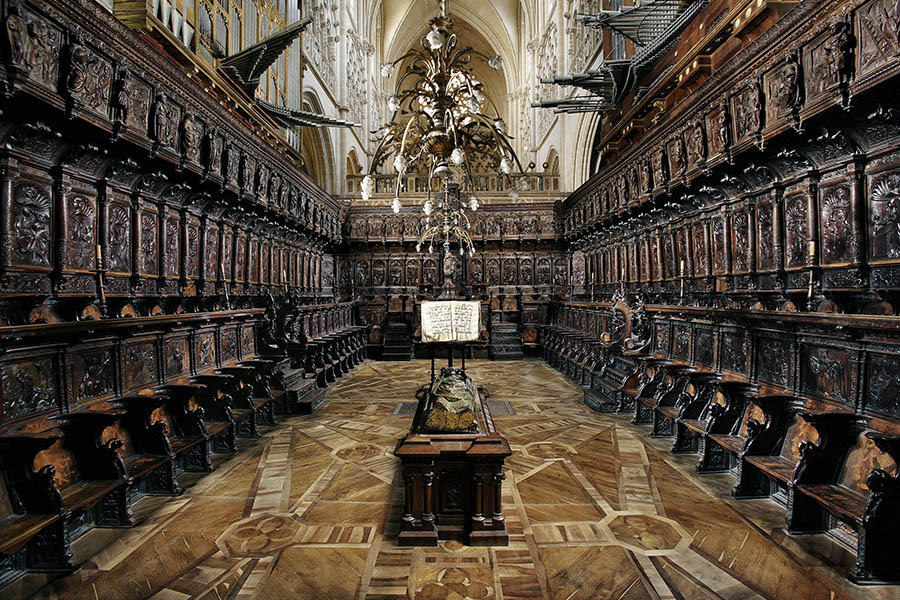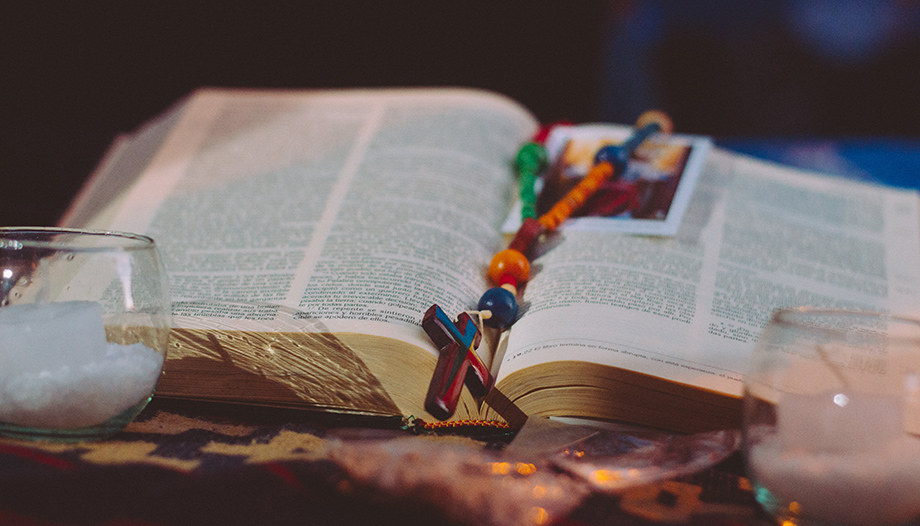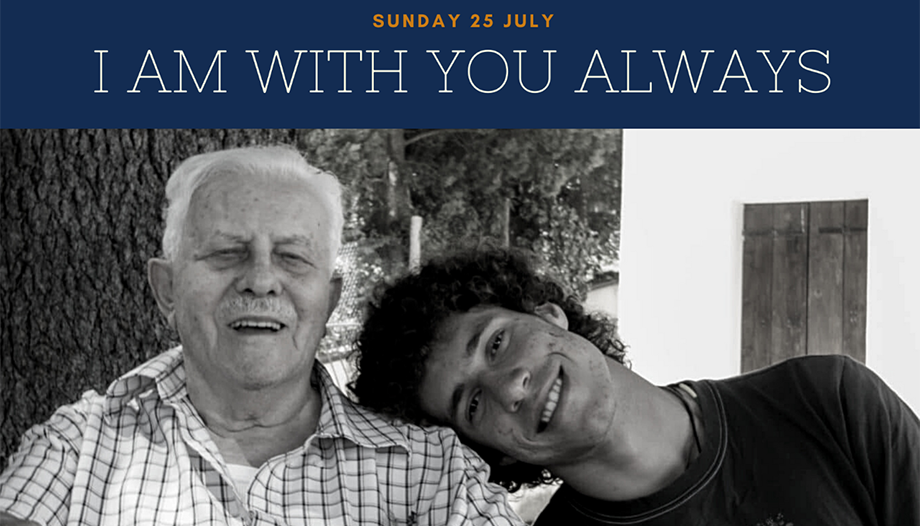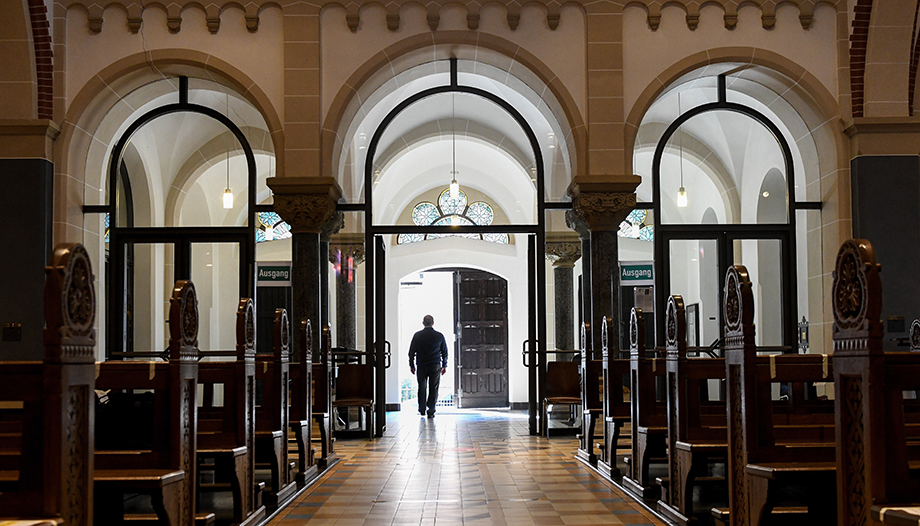We offer the article written in the special issue which was published last year on the occasion of the VIII Centenary of the Cathedral of Burgos and that joins, in a singular way to the Compostelan Holy Year that we are celebrating these days: the relationship between the Way of Saint James and the capital of Burgos.
Walker, the path is made by walking..., and in our daily walk we see how, in these days, life has been very different, as if it were a dream, a bad dream. We are going through difficult times in which we see the course of our existence capsizing, and it is now when the parallelism between the Camino de Santiago and our life becomes more evident to me. The pilgrim begins, excited, his pilgrimage path, in which he faces many difficulties, but with tenacity and strength he overcomes them, with the certainty that, in the end, he will reach the Portico de la Gloria.
In the path of our life, along which we were going so confidently and safely, we are now going through a deep and unexpected bump, from which, even with heartbreaking wounds, I am sure, we will get out of it. My deepest sorrow for all those who have died in this pandemic and my recognition to all those who in one way or another collaborate for the benefit of all, for the good of the community: healthcare workers, pharmacists, law enforcement agencies, the self-employed, social service workers, and a very long etcetera.
I would like to think that when this happens, and when we look back, we will see a path that must never be trodden again: the path of selfishness, competitiveness, dehumanization and injustice.
A backbone of Europe
The history of the Camino de Santiago dates back to the dawn of the ninth century with the discovery of the tomb of St. James the Greater. -evangelizer of Spain, one of the apostles who had the closest and most intimate relationship with Jesus of Nazareth.-the Finisterre of the world known until then.
In the 11th century, Spain built one of the backbones of Europe: the Way of St. James, which as a pilgrimage route is one of the great Spanish contributions to the world and to the whole of Christianity. For Goethe, "Europe is born of pilgrimage", and Dante points out that "Only those who traveled to Compostela deserved the name of pilgrims, those who traveled to Rome would be pilgrims, and those who traveled to Jerusalem would be pilgrims. From the 11th century onwards, the Way of St. James was the great itinerary of medieval pilgrimages, from the three most important places of Christian pilgrimage: the Holy Land, where the pilgrims went to the "palmeros", Rome, where the "romeros", and Compostela, where the "pilgrims", the latter was the most chosen route. The Christian kings of the northern peninsular promoted the Jacobean fervor, making the Camino de Santiago not only a path of faith, but also a route of vital economic, commercial, political and military importance to settle the population and control the territory. To this end, they provided it with a series of infrastructures: roads, bridges, hospitals,...
The Camino will make currents of thought and literary and artistic movements flow. The flowering of the Camino coincided with the maximum development of Romanesque art. -the first common artistic style of European Christianity in the Middle Ages. At the same time, the unification of the Roman liturgy was sought, which was achieved in Western Europe thanks to the Benedictine order of Cluny, which in ancient Hispania managed to impose itself on the Hispanic-Mozarabic liturgy. For this new liturgy the simple temples are adapted, with a Latin cross plan, with purism in their lines and forms, provided with apses. It is the new Romanesque style with which the great pilgrimage basilicas were built: Saint Martial of Limoges, Saint Martin of Tours, Saint Sernin of Toulouse, Santiago de Compostela. Episcopal seats were established in towns along the French Way of St. James: Jaca, Pamplona, Santo Domingo de la Calzada, Burgos, León, Astorga and Santiago de Compostela, which adopted this new style of construction. At the same time, Hispanic Romanesque art will also receive, and by proximity, the Mudejar influence, with Muslim elements from Al Andalus.
Meeting place and harmony
In the 13th century a new art will emerge in the island of France, which will have the Way of St. James as a diffusing vehicular channel: the Gothic. A new plastic and harmonic language was born, majestic and of spectacular beauty that spread throughout Europe.
The Way of St. James, described by many authors as a "the biggest street in Europe", has been recognized with the titles of First European Cultural Itinerary in 1987 and as World Heritage in 1993. The Camino has always been, and still is, a place of encounter and harmony for cultures and peoples.
The historical origin of Burgos dates back to the year 884 when Count Diego Rodríguez "Porcelos, to strengthen the defensive line of the Arlanzón against the people of Al Andalus, built a fortress under whose protection the future city would develop. In time, around the year 1035, it became the itinerant capital of the newly created kingdom of Castile. A strategic and privileged geographical location made the city of Burgos, from its birth, a true crossroads through which the main medieval routes and roads of the north of the Iberian Peninsula passed and converged. The most frequented Jacobean Routes that headed towards Santiago de Compostela began to pass through Burgos. This fact definitively marked the history and the future urban and commercial development of the city.Caput Castellae".
Burgos, a hospitable city
As early as the 11th century, the primitive urban center of Burgos, developed on both sides of a long street -the current Fernán González Street-located on the southern slope of the hill on which sat the mighty fortress, was insufficient to cope with the increase in population that the city was experiencing. Being the capital of a great kingdom, which already had its southern border on the Tagus River, becoming an important episcopal see, and above all, being an obligatory stop on the Camino de Santiago, an open door to the cultural and artistic air coming from northern Europe, made the city experience an unusual and spectacular demographic, social, artistic and economic growth. The urban center was extended in search of, and at the same time protecting, the elongated route of the Jacobean Route.
As some historians claim, all the religious institutions of the city revolved around the pilgrimages to Santiago. Only in this way, due to the incessant flow of pilgrims, can the eleven parishes that the Castilian capital had in the 12th century be explained. Burgos was the hospital city par excellence of the Camino de Santiago, as evidenced by the approximately 32 pilgrims' hospitals documented by modern historiography. Of most of these hospital institutions, only their names and a few documents have survived to the present day. The most important were: the Hospital de San Juan, the Hospital del Emperador and the Hospital del Rey.
The Camino in the city of Burgos
The Camino enters the city by two branches, through the neighborhoods of El Capiscol, where there are still a few vestiges of the old Hospital for pilgrims, first called Don Gonzalo Nicolás or, later, El Capiscol (Caput Scholae) The route continues through the Cathedral, which gives its name to the neighborhood; and Gamonal, where we are welcomed by the Gothic church of Santa María la Real y Antigua. It continues its urban course until it becomes one at the entrance to the road of Las Calzadas, in search of the historic center within the walls, which is accessed through the Plaza de San Juan.
The church of San Lesmes is a temple rebuilt at the end of the 14th century, after successive demolitions and enlargements of the primitive chapel of San Juan Evangelista, where the remains of the venerated patron saint of Burgos rest. The church houses an interesting collection of altarpieces, paintings and tombs in Gothic, Renaissance and Baroque styles.
Of the Monastery of San Juan, only the ruins of its 15th century church, the cloister and the 16th century chapter house remain. In the nearby old Hospital of San Juan, renovated in the 15th century, in the time of Pope Sixtus VI, only its 15th century Gothic façade, which is the current door of the Public Library, and a number of elements of its famous apothecary's shop have survived the passage of time.
At the end of the 11th century, the fame of the Benedictine monk Adelelmo, called Lesmes in Castile, began to grow. Coming from the French Cluniac abbey of Chaise Dieu (Auvergne), he had arrived in the Peninsula at the request of Alfonso VI and, above all, of his wife of Burgundian origin, Doña Constanza. After accompanying the Christian armies that took part in the conquest of Toledo, the saintly Frenchman arrived in Burgos to dedicate himself to the service of God and the poor pilgrims. On November 3, 1091, Alfonso VI donated the chapel to the saint. -under the patronage of St. John the Evangelist-The hospital and the new monastery were handed over to the Benedictines of Casa Dei; St. Lesmes became its first prior. At his death, which occurred on January 30, 1097, the fame of his sanctity spread rapidly along all roads and highways. In 1551 he was proclaimed patron saint of the city.
Road saints
The most famous pilgrim saints of the Pilgrim's Way are from Burgos, such as Saint Domingo de la Calzada, born in Viloria de Rioja, and Saint Juan de Ortega, born in Quintanaortuño, or Saint Lesmes and Saint Amaro, linked for life and forever to this land. The first two are more related to the development of the Camino and the care of pilgrims on the stretch that runs between La Rioja and Burgos. In Burgos we find two pilgrim saints, both of French origin, who stayed permanently in the city to care for pilgrims in need: St. Lesmes, who was the driving force behind the Monastery and Hospital of San Juan, and St. Amaro who stayed in Burgos to care for pilgrims and bury those who died in the cemetery annexed to the Hospital del Rey.
Since the last third of the 13th century, the pilgrims crossed the wall and the Vena river through a small bridge and the so-called San Juan gate. It is still possible to follow exactly the historical route of the French Way as it passes through the center of Burgos. Through the street of San Juan the pilgrims reached the disappeared bridge of La Moneda, over which they crossed a small cave. After a few meters along the so-called Entrambospuentes street, the Canto bridge allowed them to cross the Trascorrales gorge. Once in the neighborhood of San Gil, the pilgrims continue along Avellanos street. Nearby is the church of San Gil, which preserves magnificent Hispanic-Flemish altarpieces from the 15th and 16th centuries. -favored by the patronage of the ".rich ommes"The city's merchants, in the wool trade with Flanders-.
The Camino follows the old street of San Llorente, which today corresponds to the first section of Fernán González street, the true nerve center of the city's life during most of the Middle Ages and the Modern Age. Much of the commercial activity of the city revolved in these centuries around the Camino and the pilgrims. The Romanesque church of San Llorente -its remains were found under the present-day Plaza de los Castaños-The new medieval street, the Coronería, gave way to a new medieval street.
The Jacobean air of the cathedral
Following the street you reach the Cathedral of Santa Maria. The pilgrims at the end of the 11th century saw how a Romanesque cathedral was built on the site of the old Royal Palace. Not even 150 years had passed when the primitive basilica was demolished and the construction of a new Gothic temple began. With the strong support of King Ferdinand III and Bishop Mauricio, in 1221 construction began on a temple that would eventually become one of the most beautiful and interesting cathedrals in the Christian world. The cathedral of Burgos, declared a World Heritage Site and in which Gothic and Renaissance styles blend harmoniously, is endowed with an undeniable Jacobean air that can be traced in the more than thirty representations of the Apostle Santiago, distributed both inside and outside the cathedral. In its surroundings, where now stands the Chapel of Santa Tecla, was located the church of Santiago de la Fuente.
Next to it is the church of San Nicolás, which contains an incomparable stone altarpiece sculpted at the end of the 15th century by Simón and Francisco de Colonia. The Camino continues along the old street or cal Tenebregosa. It was one of the oldest streets in the city and over time became one of the most important pilgrimage routes along the Camino. In its surroundings there were churches dedicated to San Román, Nuestra Señora de Viejarrúa, San Martín. In it there were numerous stores, workshops, where the most varied craftsmen worked, inns, wineries, hostels and hospitals, in a motley human landscape in which the old Christians, the Jews of the nearby aljama, the Moors and a large number of foreigners were mixed.
The Camino leaves the walls of Burgos through the Arco de San Martín, or Royal Arch, built in the 14th century over an earlier gate, with brick and horseshoe arch in the Mudejar style. The Way begins the descent towards the Arlanzón River crossing the neighborhood of San Pedro de la Fuente or Barrio Eras, passing right next to the old Hospital of the Emperor founded by Alfonso VI, which was the first hospital institution in Burgos.
The bridge of Malatos, which was already built in 1165, allowed and allows pilgrims to cross the Arlanzón river and continue their march to Santiago. Next to the bridge was the famous Leprosarium of San Lázaro de los Malatos. Following the itinerary, one of the most important Jacobean landmarks of the Camino de Santiago appears: the Hospital del Rey (King's Hospital). Founded by Alfonso VIII at the end of the 12th century, and with numerous Jacobean references, it was placed under the jurisdiction of the Abbess of Las Huelgas Reales. Very close to the hospital is its old pilgrims' cemetery; inside a simple 17th century chapel commemorates Saint Amaro.
First European cultural itinerary
Finally, I would like to make a reflection. The Council of Europe, in the Compostela Declaration of October 23, 1987, states that the Way of St. James is the First European Cultural Itinerary for "...".to be one of the great spaces of the intercontinental collective memory", "in view of its highly symbolic character in the European construction process". The text begins by noting that "the ideas of freedom and justice and confidence in progress are principles that have historically forged the different cultures that created the European identity".. He adds that it "is, today as yesterday, the fruit of the existence of a European space charged with collective memory and crossed by paths capable of overcoming distances, borders and misunderstandings".
This fact gave rise to a strong renewal of the Jacobean vocation in Europe, a dynamic that took on a universal dimension with the meeting held by His Holiness Pope John Paul II with young people in Santiago de Compostela in 1989. The Declaration clearly evoked the three fundamental dimensions that inspire this European Cultural Itinerary: the religious dimension, which gave rise to this pilgrimage route; the cultural dimension, determined by the historical fact that this pilgrimage route also became, over the centuries, a route of civilization and, finally, the European dimension that has always characterized the Jacobean pilgrimages and which acquired a new meaning in the process of union and continental construction.
The 1987 text is still in full force today: "....May the faith that animated the pilgrims in the course of history and that brought them together in a common yearning, beyond differences and national interests, also encourage us in these times, and particularly the younger ones, to walk these paths to build a society founded on tolerance, respect for others, freedom and solidarity".
The authorJesús M. Aguirre HuetoPresident of the Association of Friends of the Camino de Santiago de Burgos. Degree in Geography and History





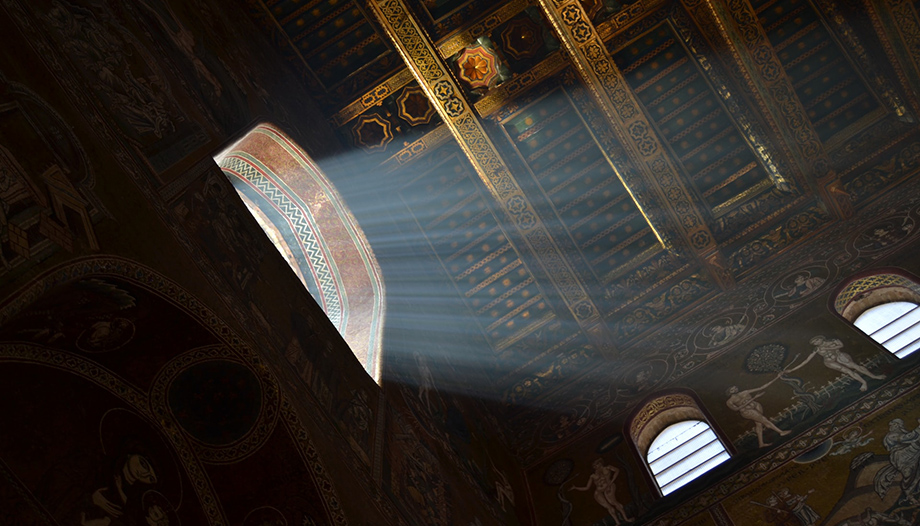
 Paths to access the mystery of God: a well disposed mind and heart
Paths to access the mystery of God: a well disposed mind and heart




